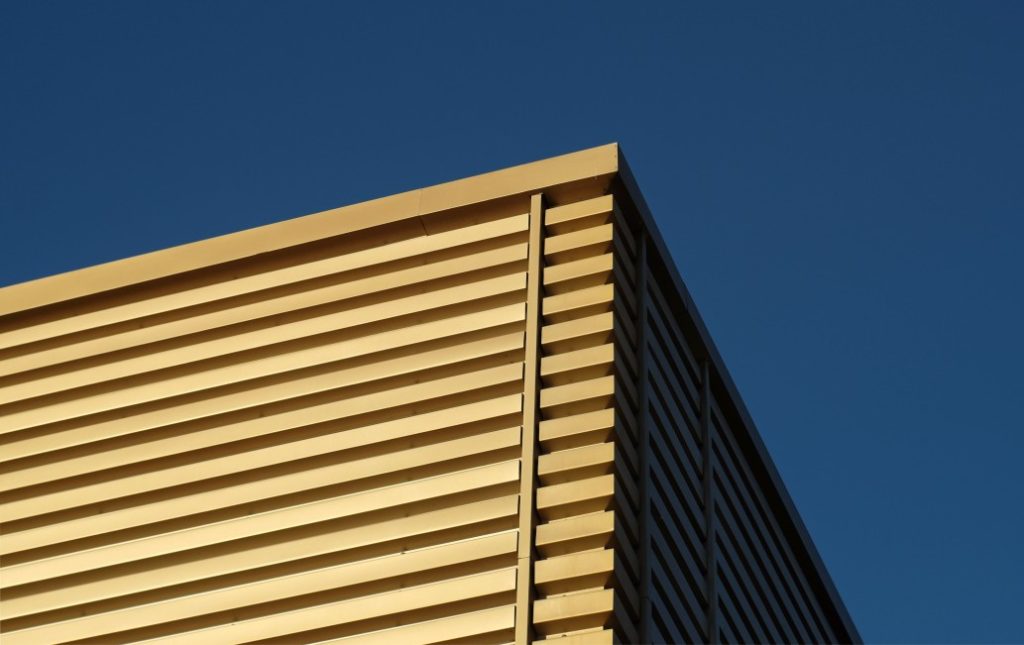Cladding systems that are unlikely to meet new building safety regulations remain in place across hundreds of high rise blocks in England, official figures show.
The cladding, which is now deemed to be potentially unsafe following the Grenfell tower fire, is present in a number of residential properties owned by councils and private landlords, including student accommodation, hotels, a school and health buildings with Aluminium Composite Material (ACM) cladding.
Indeed, the figures published by the Ministry of Housing, Communities and Local Government (MHCLG) confirm that some 361 high rise residential and public buildings remain clad in material unlikely to meet regulations.
December last year saw the Building (Amendment) Regulations 2018, which prohibits the use of combustible materials on new high rise homes, come into effect. However, existing buildings where no maintenance work is being carried out are currently exempt from the ban.
Instead, in these instances, they are part of a case by case risk based approach to fire safety in existing buildings that is regarded as being most appropriate in line with the advice already issued by the Department and the Expert Panel.
Some councils, including Greenwich, Salford and Tower Hamlets have more than 20 buildings where ACM cladding systems are unlikely to meet building regulations, while Brent, Manchester, Newham, Wandsworth, and Westminster have between 11 and 20.
A further breakdown of the data shows that there are 119 residential buildings belonging to the social sector that require upgrades, while there are 233 belonging to the private sector. 79 of those in the social sector are currently under remediation, while 39 have plans in place for work to begin.
Of the 233 private sector buildings some 167 are private residential blocks, 36 are student accommodation and 30 are hotels. Of these 19 have started remediation, 127 have a remediation plan in place but remediation works have not started and building owners intend to remediate and are developing plans for 37 buildings.
Meanwhile, remediation plans remain unclear for 50 buildings, although this has fallen from over 200 in June 2018. Additionally, the authorities have made progress when it comes to confirming the status of the cladding on each building, with just 13 private sector buildings awaiting confirmation – down from 170 in June last year.
The data also shows that since the end of 2018, a further six high-rise residential and public buildings have been stripped of all unsafe cladding, taking the total figure to 73, while in the social sector, work has been completed on 40 residential buildings and 33 private sector buildings.
The report points out that the work to remove the unsafe cladding systems from buildings can be a lengthy and complex procedure, as issues with the exterior cladding system need to be addressed along with the broader fire safety systems for each building. It also explains that this involves major construction work, particularly on larger buildings, and that this requires careful planning.
